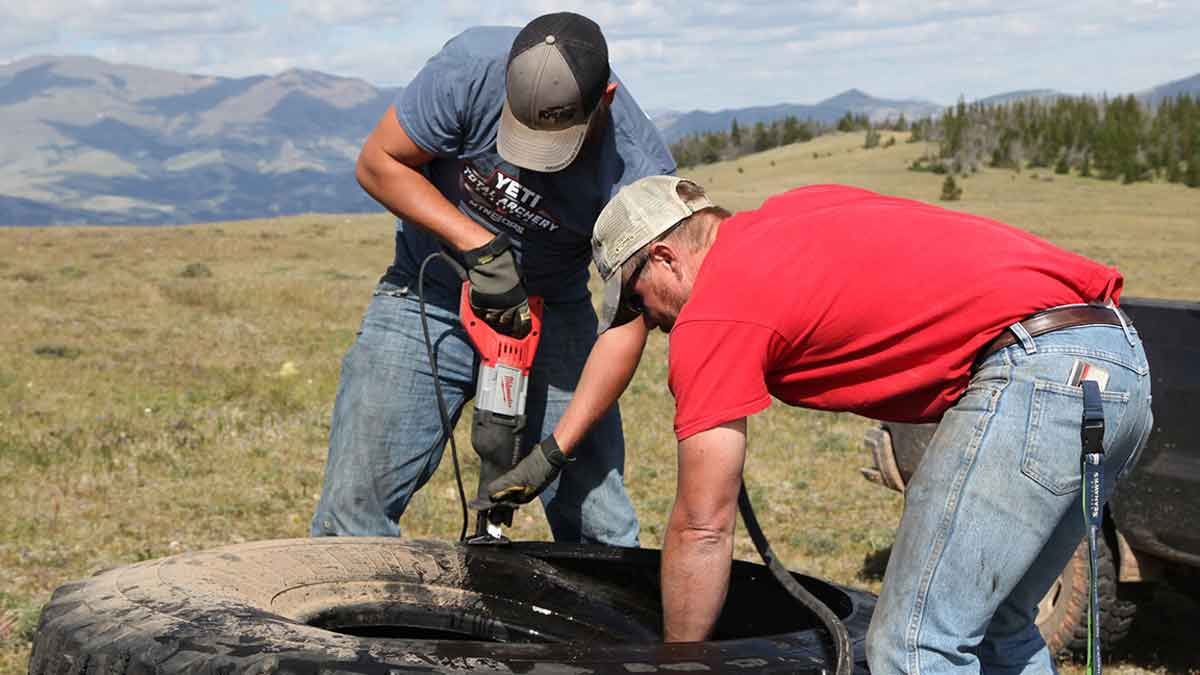Below is a news release from the Bureau of Land Management.
The Bureau of Land Management Cody Field Office, Wyoming Game and Fish Department and Rocky Mountain Elk Foundation partnered in 2019 to provide reliable water sources for wildlife on Rattlesnake Mountain, just west of Cody. Partnerships like this are an essential component of the BLM’s mission to practice shared conservation stewardship on public land.
Lying on the eastern edge of the Greater Yellowstone Ecosystem, Rattlesnake Mountain provides year-round habitat for an abundance of wildlife including elk, moose, mule deer, whitetail deer, black bear, grizzly bear, blue grouse and turkey. Although the mountain receives 15″-19″ of precipitation each year, the lack of available surface water during the summer and fall makes it difficult for wildlife to utilize the high-quality habitat during the dry season.
In 1976, the BLM installed three large water catchment systems that held a combined 30,000 gallons of water and serviced approximately 18 square miles of habitat. However, after decades of use and freeze–thaw cycles, the water systems began to deteriorate. High winds took their toll on the catchment aprons and buried pipelines began to leak.
The BLM completed a condition assessment of the water catchment systems in 2017, obtained funding and purchased materials in 2018 with support from the Rocky Mountain Elk Foundation, and installed the new water catchment systems in summer 2019, working side-by-side with the Wyoming Game and Fish Department.
The team used a helicopter to sling the 27-foot, 800-pound catchment aprons to their respective locations in the rugged terrain. Once the seven aprons were in place, the sides were buried in trenches, the seams were tarred together, and rock was laid on the seams and across the aprons to keep them in place during strong winds. The existing buried tanks, still in good condition, remained in place. To withstand freezing events, the modified design used more durable components than the original design, including welded HDPE pipe, brass fittings and tire watering tanks. Wildlife-friendly exclosure fences around the aprons were repaired and, finally, wildlife escape ramps were installed in the tire tanks.
Within the first 45 days that the guzzlers were turned on, game cameras documented a wide variety of wildlife visiting them including elk, mule deer, whitetail deer, moose, red fox, grizzly bear and turkey.
(Photo source: Bureau of Land Management)
